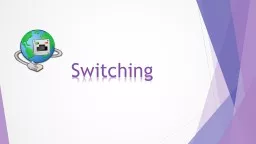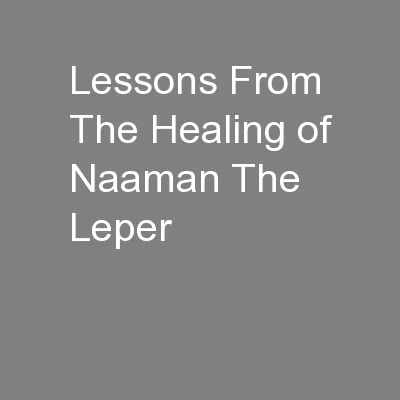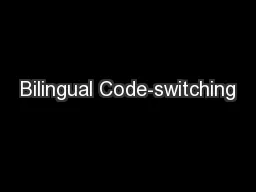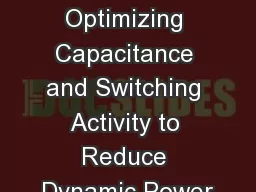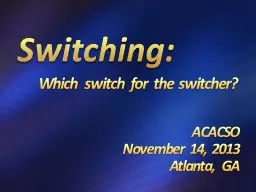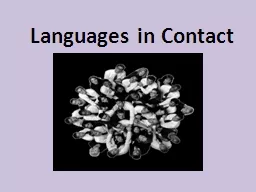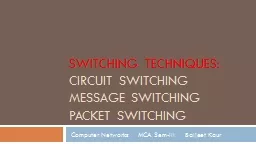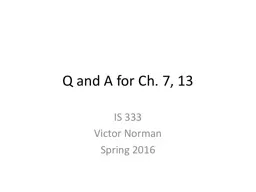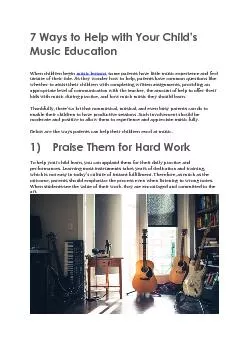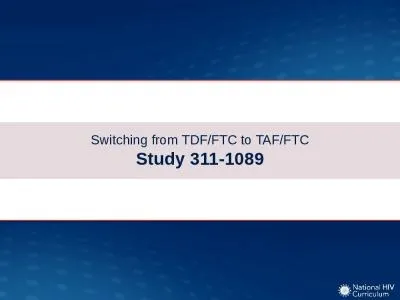PPT-CODE-SWITCHING LESSONS
Author : luanne-stotts | Published Date : 2017-11-05
Grammar Strategies for Linguistically Diverse Writers Catholic Educators Convention Milwaukee 2016 Rebecca Wheeler PhD Forecast 1 Needs Analysis amp Research Foundations
Presentation Embed Code
Download Presentation
Download Presentation The PPT/PDF document "CODE-SWITCHING LESSONS" is the property of its rightful owner. Permission is granted to download and print the materials on this website for personal, non-commercial use only, and to display it on your personal computer provided you do not modify the materials and that you retain all copyright notices contained in the materials. By downloading content from our website, you accept the terms of this agreement.
CODE-SWITCHING LESSONS: Transcript
Download Rules Of Document
"CODE-SWITCHING LESSONS"The content belongs to its owner. You may download and print it for personal use, without modification, and keep all copyright notices. By downloading, you agree to these terms.
Related Documents



